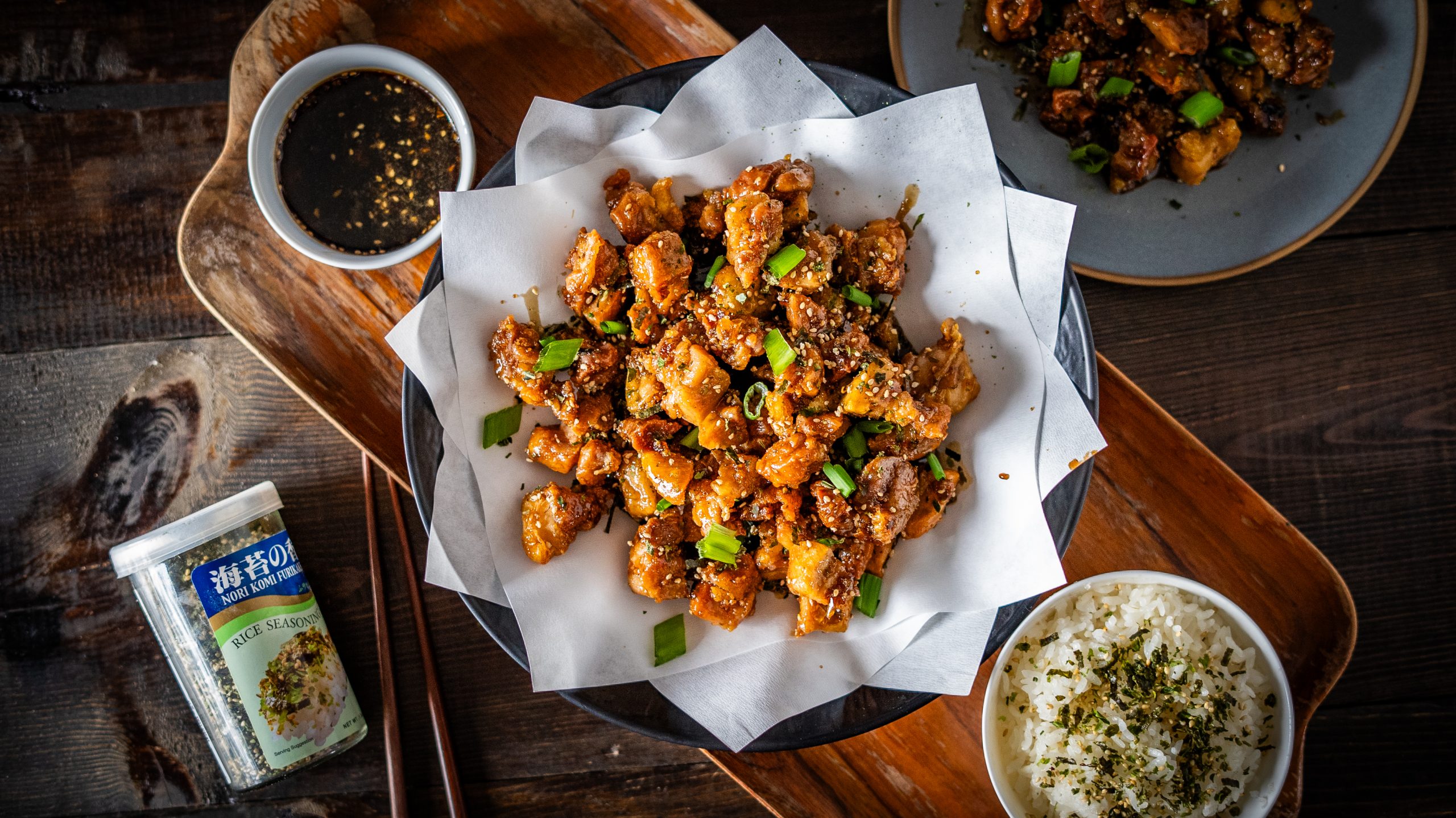
Recipes
Browse through all of Hawaii’s local recipes! Find one that will be perfect for a meal, side dish, or a sweet treat! Try out these recipes and you may get a kanak attack. Remember to comment and share a picture of that onolicious dish.
Get our recipes in your inbox! Sign up

Browse through all of Hawaii’s local recipes! Find one that will be perfect for a meal, side dish, or a sweet treat! Try out these recipes and you may get a kanak attack. Remember to comment and share a picture of that onolicious dish.
No products in the cart.